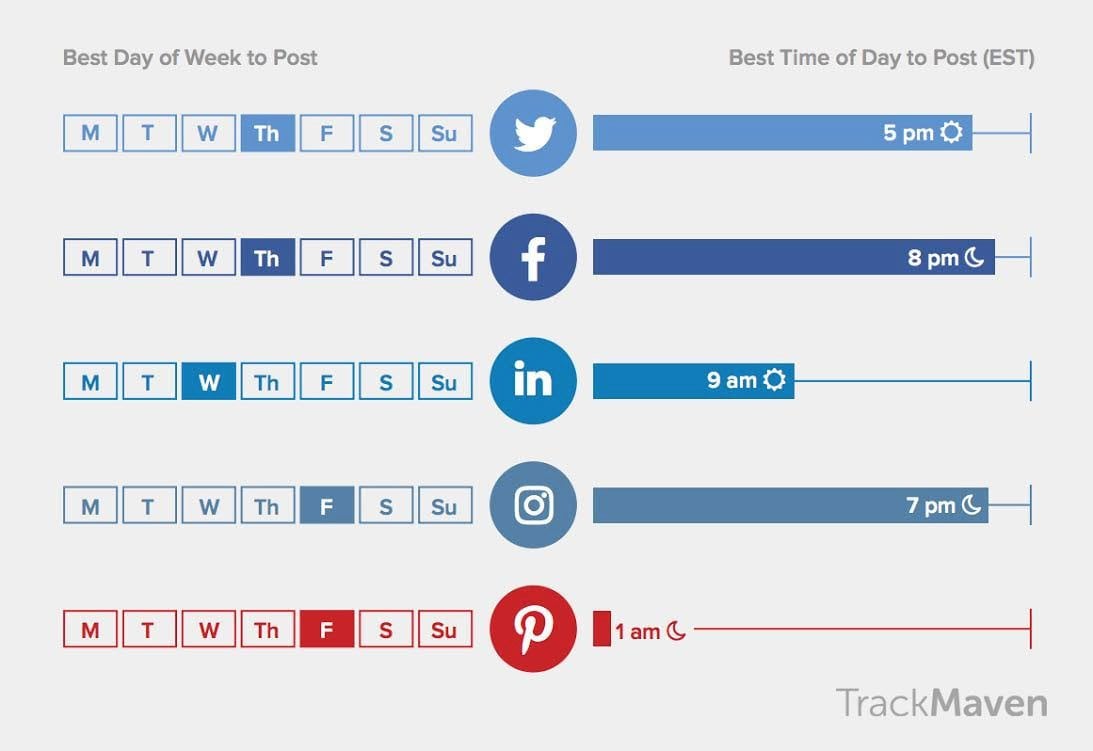Many people consider social media networks as a branding oriented marketing channel. They choose it to increase the company’s awareness rather than to generate new leads, which is often a serious mistake.
No one can blame them. Social media networks, such as Facebook, for example, were created to help people get in touch with each other, not help companies advertise their products.
Q2 hedge fund letters, conference, scoops etc
At first, Facebook was used by peers from various universities to connect with each other. That was its sole purpose, to ease communication and to develop relationships between students from certain US academic institutions.
Even so, nowadays, it is much more than that. Facebook users in the United States spend roughly one hour per day surfing through their newsfeed. In one year, that’s roughly two weeks spent on Facebook, which makes it more than a communication channel. It makes Facebook a performance marketing channel.
According to Ian Holloway, Social Media Manager at Edu Birdie review “Facebook, Twitter, Instagram, and social media networks are the perfect place to engage with your customers. While using social media networks, they are relaxed, they are in a comfortable environment. This is the perfect scenario for a sale.”
Well, without further ado let’s explore 5 essential tips for social media marketers to increase the traffic of their website:
Objective: Traffic vs. Engagement
Due to the fact that people see Facebook as a branding-oriented channel rather than a performance-oriented channel, they tend to set inappropriate objectives for their campaigns.
As we said, Facebook can be used as a lead generating channel, thus we can opt for performance-driven campaigns.
The engagement objective is meant to help your posts gain more visibility, likes, shares, and comments. Such an objective will not drive traffic to your website, it will rather drive traffic to your post, and Facebook page.
The traffic objective targets people who have expressed a small interest in your industry or company. For example, if you are selling cars, most certainly, the ad will appear to persons who are already interested in cars. It will also contain a call-to-action that will lead to your website.
What does intrusive advertising mean? It’s when an advertiser chooses to aggressively promote his products and deals to random people. That’s not what social media channels are for.
People go there to relax, ditch decisions (purchasing decisions too), communicate with friends, and so on. Keep that in mind whenever you choose your campaign’s objective. If it’s sales, you’re doing it wrong!
Narrow Audience
Let’s say you are selling premium cars, such as Mercedes-Benz, and you are targeting people interested in cars. That’s quite a good start, but a person looking to buy a Hyundai is also interested in cars. Chances of turning such a lead into a sale are low, very low.
Long story short, you are wasting valuable budget on displaying your ad to people who will probably not buy your product.
Instead, you could narrow the audience, to make it more specific. You could use an age interval or add an extra layer of interests. For example, people who are interested in cars, but are also interested in luxury cars or even interested in the making the cars you are selling. In our case, it’s Mercedes-Benz.
If you want to dig even further, you should create a “target persona”. You can do that by following this simple exercise:
Imagine that you’re having coffee with the ideal customer. Now picture him/her. Try to identify the following aspects:
- Age, Gender, Nationality
- Problems, Needs, Desires
- Mindset, Attitude, Principles
- Buying behavior
- Internet usage (where does he/she spend time online? what channels?)
The static ads, such as images, and links are used by the majority of companies because they appeared a long time before video ads. Marketers are accustomed to them and they are easier to create and publish.
Even so, according to statistics, a video will get you 20% more clicks than a static image and a lower cost-per-click, 30% lower.
Dana Wright, Marketing Manager at domywriting reviews emphasizes “For a beginner social media marketer, to create and edit a video might seem overwhelming, but social media networks usually offer you all the necessary tools to create videos. For example, Facebook offers a Video Creation Kit, which can be very helpful.”
Basically, you just have to choose the template of the video and the effects you want, then add the pictures and that’s all.
In less than 20 minutes you can create a top-notch video which you can use for your ads campaigns.
How do you choose the date and time of the day when to publish the content? Do you just go by instinct? Is the decision back by any data?
In online marketing, most decisions should be backed by data. Whether it’s your own research or someone else’s, you should make use of the information you’ve got.
The same thing happens with the posts on social media. Throughout the day, they have various engagement rates.
For example, according to research done by TrackMaven Twitter, Instagram, and Facebook users are mainly active during afternoons and at night. Between 5 PM and 9 PM.
On the other, LinkedIn users are mainly active during morning hours, around 9 AM. This is why you should post your content according to the social media network you are using.
Here’s an infographic with the most productive days and hours of the week. You should schedule at least one post during these hours.
Concerning the frequency of your posting, that’s on you to figure out. Each and every target audience is different, so you’ll have to constantly test, measure, and optimize your posting frequency until you find the winner. Another way to figure out the ideal frequency of your content schedule is to ask your customers directly.
If you have a social media profile and an email list, you can survey your customers, ask them directly what they prefer, and reward them with a benefit, discount, or anything that they might find valuable.
According to statistics, only 11% of the comments or messages posted by clients get any response from the company they’ve engaged. That’s 1 in 10!
Also, when asking, people don’t wait more than 4 hours for you to answer. All this, meanwhile companies usually answer in more than double that time.
What conclusions can you draw? It’s very important to engage your audience, to be active and to answer your customers’ questions as professionally and diplomatically as possible. It’s not enough to be diplomatic though, as the customer is often seeking something when leaving a feedback.
I’d highly suggest you never ignore negative comments and reviews. These should be dealt with immediately, with much professionalism. If it was your fault, simply admit it, compensate the customer with a free product, a refund, or anything that would turn compensate for your mistake. If it was their mistake, respond diplomatically explaining why they are wrong.
Lastly, to improve your social media engagement, you should organize – periodically – events, contests, and opportunities that your target audience might be interested in. Everyone wants to win something for free, and most people would be willing to like, comment, tag, or share your brand’s profile or content with their friends in order to become eligible to prizes.
Takeaways
In the hands of a witty marketer, social media can be a very powerful tool and it can generate impressive revenues. Next time you want to create a marketing campaign on social media, keep in mind these five steps we talked about. Remember to choose the right objective for your campaigns, to narrow your audience, to keep the videos you post attractive, and to engage with your audience on a consistent basis.
About the Author:
Peter Hill started working as a freelance copywriter and worked for various companies such as Global Assignment Help and Best Term Paper. Now, 5 years later he is the Social Media Manager at Essay Writing Service Australia and he is writing blog articles on the subject. He is always looking to help junior marketers get the most out of their marketing campaigns. Feel free to contact him.














